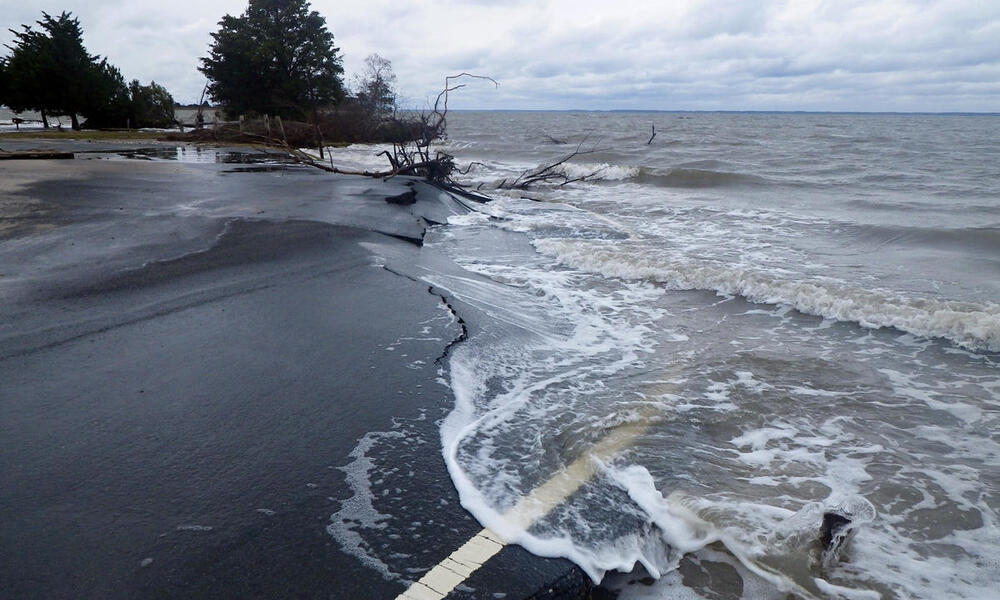Coastal cities around the globe are facing increasing threats from rising sea levels, extreme weather, and coastal erosion. Climate change has accelerated glacial melting and intensified storms, putting millions of residents at risk of flooding, property damage, and economic disruption.
Experts warn that without immediate mitigation efforts, infrastructure, housing, and transportation systems in major urban centers could face catastrophic consequences. Adaptation and planning are becoming urgent priorities for local governments and international agencies.
Economic and Social Implications
The impact of climate change extends beyond environmental concerns. Property values in flood-prone areas are declining, insurance costs are rising, and local economies face disruptions from storm-related business closures.
Vulnerable populations, particularly low-income communities, are disproportionately affected. Access to safe housing, healthcare, and emergency resources is often limited, exacerbating social inequalities.
Technological and Engineering Solutions
Cities are increasingly adopting innovative engineering solutions to combat rising waters. Sea walls, flood barriers, and storm surge systems are being constructed, while urban planning incorporates climate-resilient infrastructure.
Technological innovations, such as predictive flood modeling, satellite monitoring, and real-time warning systems, help governments and communities prepare for extreme weather events and mitigate risks.
Global Policy and Cooperation
International cooperation is critical to address climate-induced challenges. Organizations such as the United Nations, World Bank, and regional alliances support climate adaptation projects, disaster relief, and sustainable urban planning initiatives.
Climate policies, emissions reduction targets, and funding for resilient infrastructure are essential to protect cities and ensure long-term sustainability. Collaborative action among nations and private sectors enhances the effectiveness of mitigation strategies.
Future Outlook
Experts predict that coastal cities must invest heavily in adaptation measures to survive future climate impacts. Integrating technology, sustainable urban planning, and international support will be essential to reduce vulnerability and safeguard populations.
Community engagement, public awareness, and proactive government action will determine how effectively cities can withstand climate-related threats and protect economic and social well-being.
FAQs
Which cities are most at risk from climate change?
Major coastal cities in Asia, North America, and Europe face significant threats due to rising sea levels and storms.
What are the economic impacts?
Property damage, rising insurance costs, and business disruptions threaten local economies and livelihoods.
How can technology help?
Predictive flood models, satellite monitoring, and real-time alerts improve preparedness and response.
What role does international cooperation play?
Global collaboration supports funding, policy development, and large-scale infrastructure projects to mitigate risks.
What is the future outlook for coastal cities?
Investment in resilient infrastructure, sustainable urban planning, and community engagement is essential to withstand climate impacts.
Conclusion
Climate change poses an urgent threat to coastal cities, demanding immediate action from governments, communities, and international organizations. Rising sea levels, extreme weather, and social vulnerabilities highlight the need for comprehensive adaptation strategies.
Through technology, sustainable infrastructure, and global cooperation, cities can enhance resilience, protect populations, and secure economic stability. Preparing for the impacts of climate change is not optional—it is a critical necessity for the survival and prosperity of urban centers worldwide.

Leave a Reply